NASA to test In-Flight Folding Spanwise Adaptive Wing to enhance aircraft efficiency.
Engineers at NASA’s Armstrong Flight Research Center in California, Langley Research Center in Virginia, and Glenn Research Center in Ohio, are working on the Spanwise Adaptive Wing concept, or SAW.
It is a system that will allow part of an aircraft’s wing to fold in flight, to test the feasibility of increasing efficiency through wing adaptation.
The concept would permit the outboard portions of the wings to move to the optimal position during operation. This could potentially result in an increase in efficiency by reducing drag and increasing lift and performance.
Through advanced actuation, SAW aims to use control surfaces to allow the outboard portions of wings to adapt as much as 75 degrees, to optimally meet the demands of the various conditions throughout a flight. A mechanical joint, acting as a hinge line for rotation, makes the freedom of movement possible.
NASA Armstrong principal investigator for SAW Matt Moholt said:
“Ideally, we would be able to take that portion of the wing, and articulate it up or down to the optimal flight condition that you’re in. So let’s say you’re a condition that requires a climb-out. The optimal position might be up 15 degrees or down 15 degrees, and you would be able to get that.”
Images credit NASA
source NASA

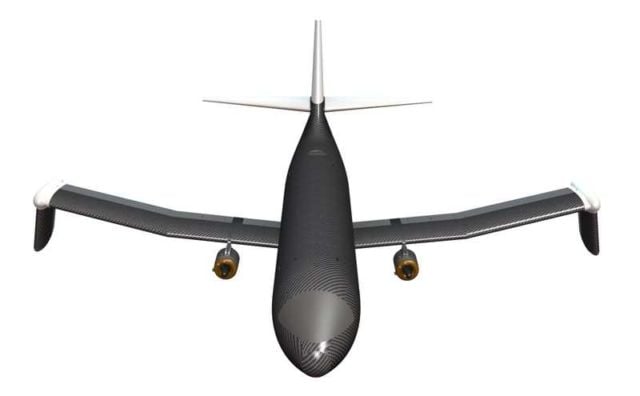

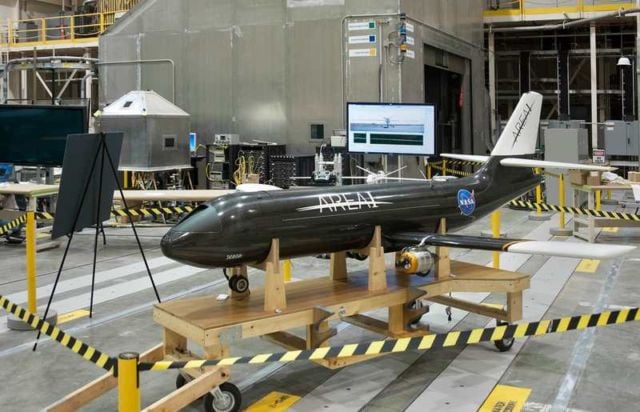
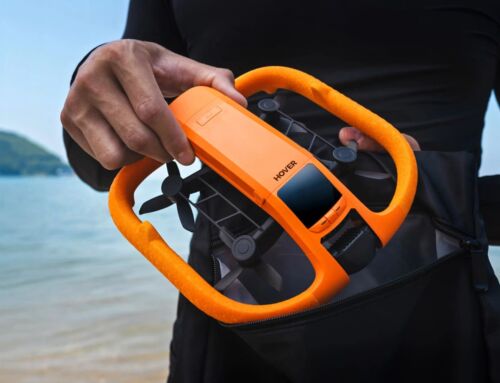
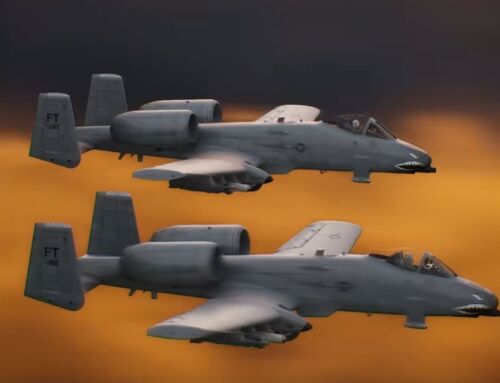
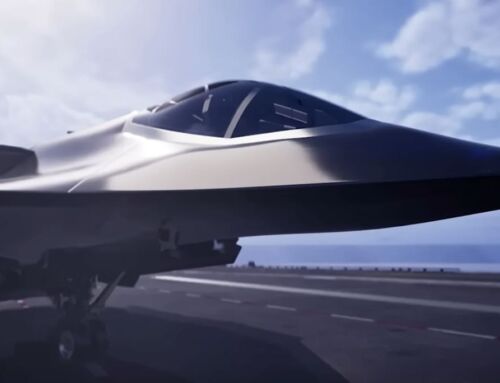
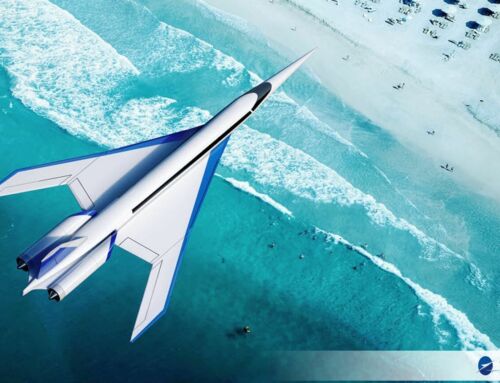
Leave A Comment